|
1972 - Magnavox Odyssey |
     |
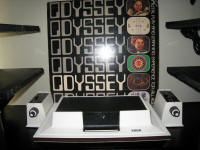 |
The granddaddy of the home video game console. There were no processors in this system -
just a series of transistors, resistors and capacitors. Pin-outs were contained on the individual game cards and graphical output was
produced with white blocks against a black background. Plastic colored overlays were provided to put over your television screen to
enhance the graphics a bit.
Read more... |
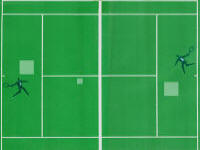 |
|
1975 - PC-50X Family |
      |
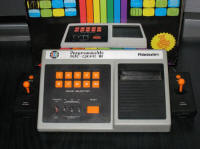 |
Improvements to the initial General Instruments AY-3-8500 (PONG) chip resulted in more game
variations on this classic format. Manufacturers wised up made a breakthrough - include the new chip(s) on cartridges. This eliminated
the need to develop a new system for every chip and significantly drove down cost. There were a total of eight (8) chip variations
that were produced and the pin-out cartridges contained up to 10 games.
Read more... |
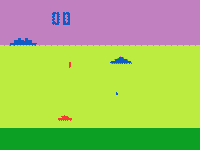 |
|
1976 - Fairchild Channel F |
    |
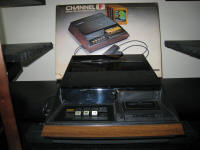 |
The Fairchild Video Entertainment System (later changed to Channel F) was the first console
to feature programmable cartridges. Featuring built-in games, 8' controller cords and being the first to utilize microprocessor
technology, the Channel F was quite innovative at the time of its release. The following year the Atari Video Computer System
(specifically named this way to directly compete against Fairchild's similarly entitled system) put the stake through this fledgling
console's heart.
Read more... |
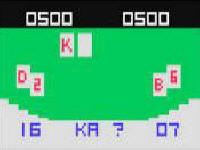 |
|
1976 - RCA Studio II |
   |
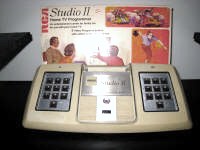 |
RCA lost the race to Fairchild Semiconductors to produce the first programmable console
available to the public. The Studio II lacked controllers and relied upon the built-in numeric keypad to control the action. Another
glaring fault of this system is the black and white video output. Though it has been proven that a few games were designed for color,
RCA's rush to get this product to market resulted in the absence of this basic feature.
Read more... |
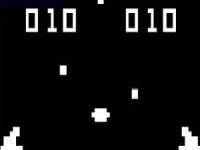 |
|
1976 - 1292 Advanced Programmable Video System (APVS) |
    |
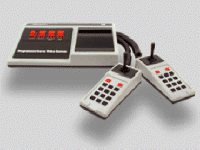 |
The 1292 Advanced Programmable Video System (APVS) family of consoles was basically Europe's
answer to the Fairchild Channel F. The initial developer, a German company called Radofin, was one of the first companies to license
programmable hardware technology to many other companies (much like The 3DO Company did with Panasonic and Goldstar). This strategy
produces extremely positive results as nearly 25 different models were produced by various manufacturers.
Read more... |
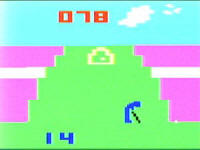 |
|
1977 - Coleco Telstar Arcade |
  |
 |
During the 1970s, Pong systems began to flood the market due to the success of the Atari PONG system. Looking to capitalize on
this emerging market, Coleco produced their own line of these dedicated systems called the Telstar. Many variations were
released, with the final itineration being the Telstar Arcade - a combination PONG system that also incorporated interchangeable
cartridges.
Read more... |
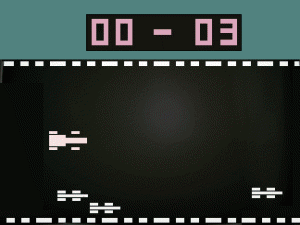 |
|
1977 - Atari Video Computer System (2600) |
    |
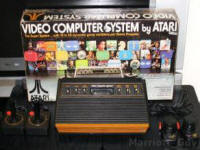 |
Atari's mother ship set the standard for programmable based video game systems in the 1970s. Code named 'Stella' (after one of the designer's bicycle), the 2600 was the first system to come close to delivering an arcade
experience in the comforts of one's living room. This would not have been possible if it wasn't for Warner Communication. Atari Inc.,
experiencing significant cash flow problems, approached the media giant who eventually purchased the company.
Read more... |
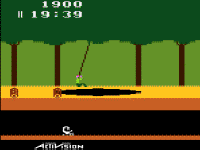 |
|
1977 - Bally Home Library Computer (Astrocade) |
 |
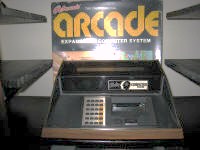 |
The Home Library Computer was designed by Bally's video game division Midway (creators of
the infamous Mortal Kombat series). The technology was quite impressive for the time and rivaled the popular Atari 2600 in terms
of graphical output. The most innovative facet of this system is its multi-functional 'pistol' controller, featuring a trigger
action button and a multi-directional joystick know that could also serve as a paddle controller.
Read more... |
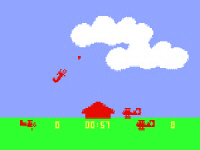 |
|
1978 - Magnavox Odyssey 2 \ Philips VideoPac |
     |
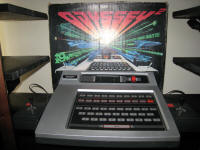 |
The Odyssey 2 was the first console to incorporate a full alpha-numeric keyboard along with
its initial hardwired joystick controllers. Though technically inferior to the rival Atari 2600, the Odyssey 2 did feature
flicker-free graphics, a point its competitor could not make. This console was very successful and was manufactured throughout the
world by notable companies including Philips, Radiola and Schneider.
Read more... |
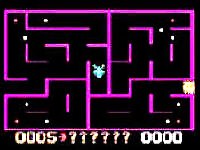 |
|
1978 - Interton VC-4000 |
     |
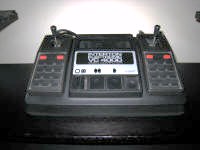 |
It is undetermined if the German based company Interton developed this system on its own, or
if they licensed the 1292 APVS technology from Radofin. There are minor differences in the cart size and programming, but few would
argue that it is anything but a sibling of the 1292 APVS. The VC-4000 was mildly successful, with models released in Europe, Australia
and Argentina among others.
Read more... |
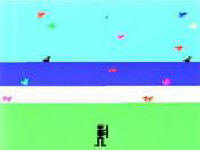 |
|
1978 - APF Imagination Machine (M1000 \ MP1000) |
 |
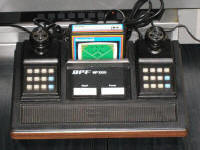 |
APF Electronics jumped into the video game craze with their release of the APF-M1000 console
in 1978. This 8-bit system was designed to compete against the heavyweight Atari 2600. It did not even come close. But what makes this
system unique is the addition of the APF MP-10 computer add-on that was released in 1979. The base console could be docked into this
module to create a hybrid computer, one of the first of its kind.
Read more... |
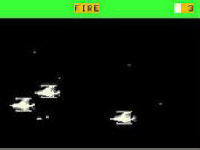 |
|
1979 - Bandai Super Vision 8000 |
 |
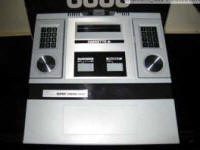 |
The Bandai Super Vision 8000 debuted in 1979 and was the very first programmable game
cartridge system released in Japan. This timeline (1979) and notoriety (initial entry and the developer, Bandai) may be a surprise to
some simply due to the fact that Japan has been a leader in video game technology for some time, with big hitters Nintendo and Sega in
the fold. Though technically superior to the competition, the high price tag quickly doomed this
console.
Read more... |
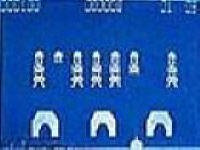 |
|
1979 - Mattel Intellivision |
    |
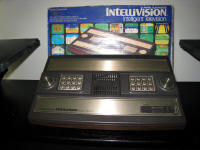 |
The chief challenger to the Atari 2600, the Intellivision sported new disc controllers
(either loved or hated by gamers) and superior graphical and auditorial capabilities. With few attractive arcade or movie licenses
available to them due to Atari's aggressive nature in this field, Mattel had to rely upon lesser known titles but did produce an
innovative add-on - the Atari 2600 Adaptor. The library of compatible games now more than tripled for this system and the Intellivision
would thrive.
Read more...
|
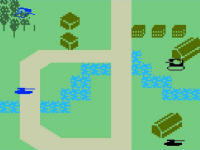 |
 DISCUSS
DISCUSS